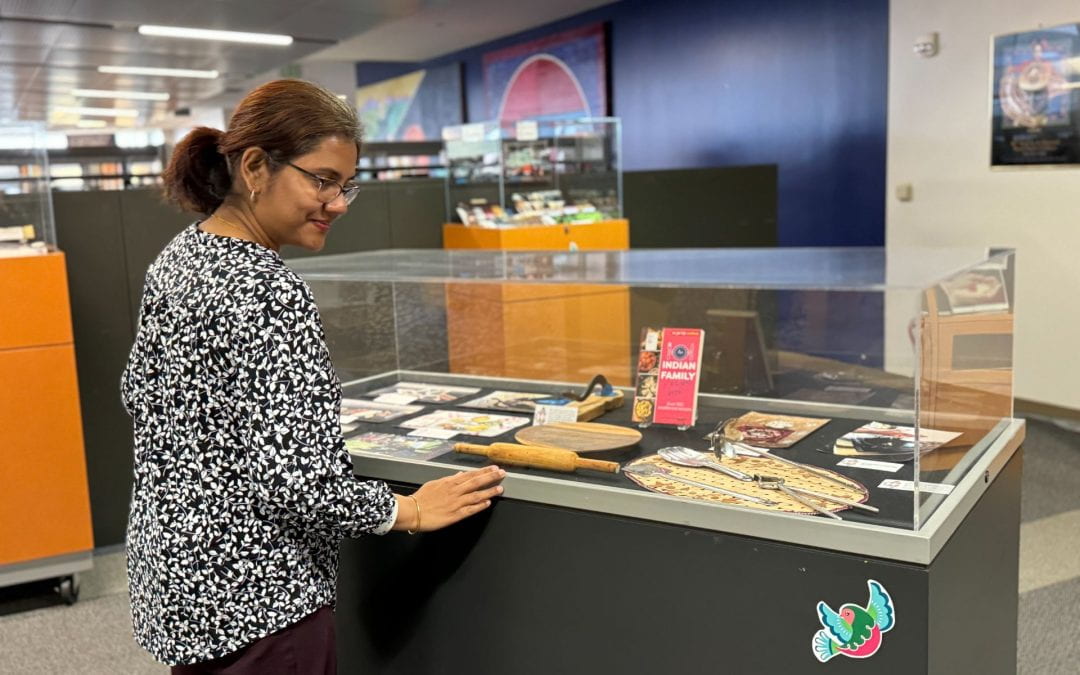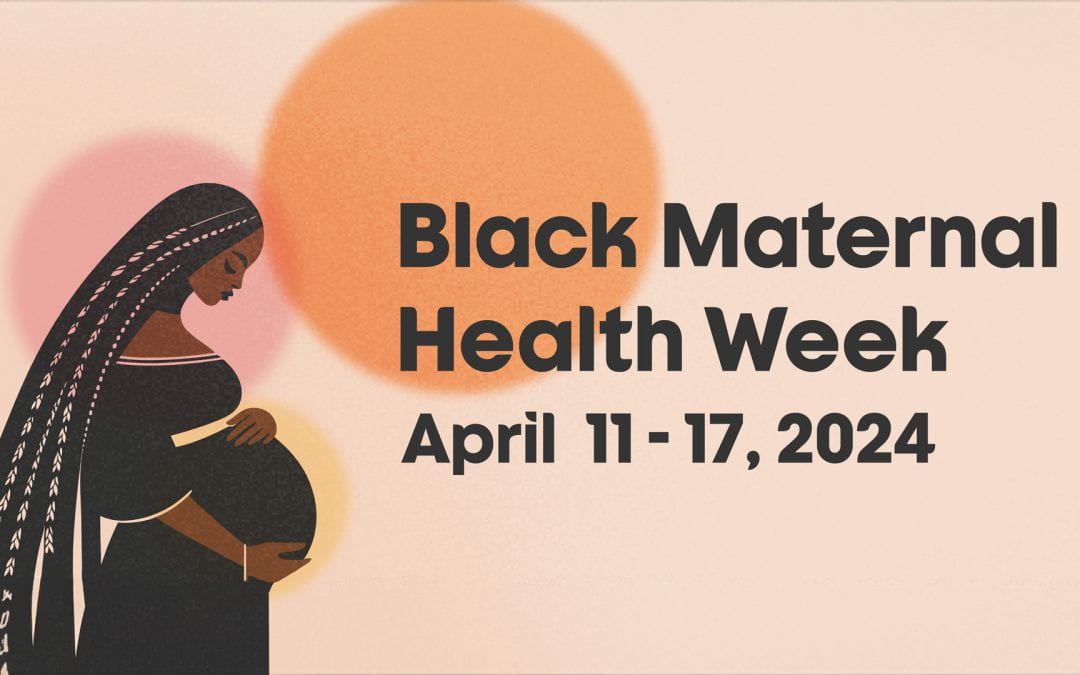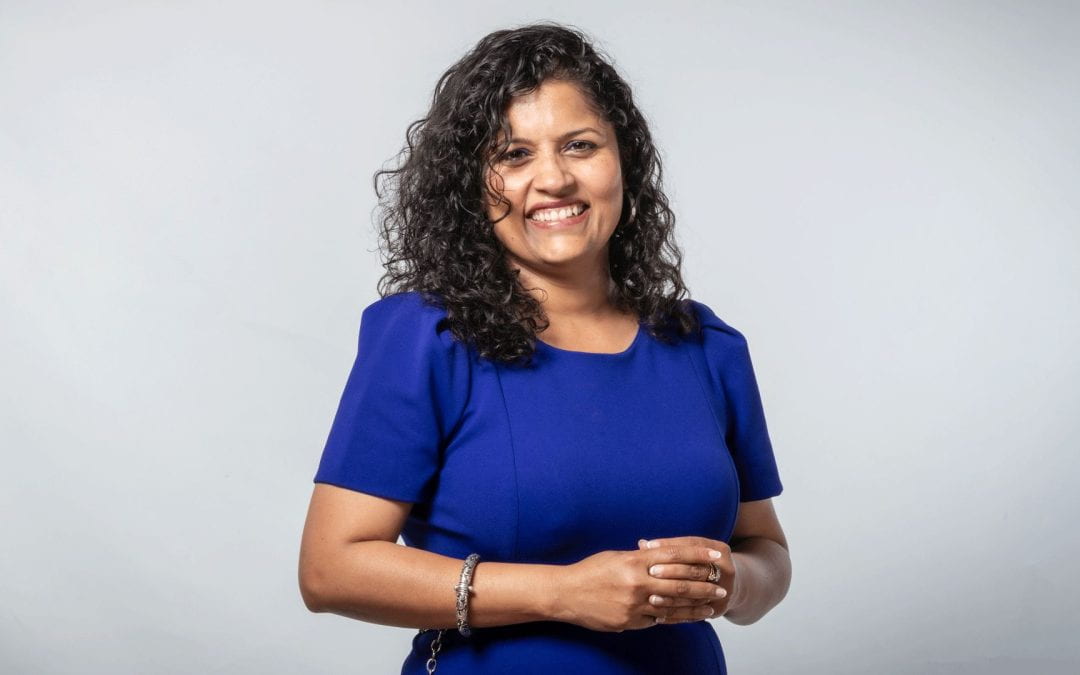Honoring Native American and Indigenous Heritage, Sovereignty and Future: A Q&A with SJSU Tribal Liaison Alisha Marie Ragland
The history of Native American Heritage Month mirrors the way many Native American and Indigenous movements have been treated by the U.S. government.
The idea was originally introduced in the early 20th century by pioneering Native Americans like Seneca Indian Arthur C. Parker, then-director of the Museum of Arts and Sciences in Rochester, NY, and Red Fox James, a Blackfoot Indian. But it wasn’t until 1990 that President George H.W. Bush approved a joint resolution designating November as a month to recognize the history, heritage and legacy of Native American and Indigenous communities across the country.
Since then, many similar proclamations have been issued to honor and celebrate the contributions of a culture that dates back thousands of years. But what does that recognition look like in 2021?
San José State University Anthropology Lecturer Alisha Marie Ragland, ’18 MA Anthropology, who also serves as an applied archeologist and the university’s tribal liaison, answered questions about what this time means to her.

San José State Anthropology Lecturer and applied anthropologist Alisha Marie Ragland, ’18 MA Anthropology, also serves as the university’s first tribal liaison.
What is Native American Heritage Month, and what does it mean to you?
Native American Heritage Month is a time when Native Americans may finally see ourselves and our diverse cultures represented righteously in the media and in the places we work and live. It is a time when we see increased participation in Native American movements and engagement with Native people, which I hope will last throughout the year.
Simultaneously, it can be a difficult time. As a person of mixed-settler and California Native American ancestry, it is often a time when I reflect on the ways colonization has disrupted Indigenous sovereignty.
What inspired you to pursue a career in anthropology?
I chose to major in anthropology after being motivated by the revolutionary work of educator and activist Angela Yvonne Davis, who, in the early days of my college career, was still lecturing in the anthropology department at University of California, Santa Cruz. I wasn’t really focused on building a career; I simply wanted to be educated. I had faith that my education would provide me with opportunities that were aligned with my values, and that was exactly what happened.
You have held various roles at SJSU — first as a graduate student, then as a lecturer and tribal liaison. How has your education prepared you for the roles you have today?
I really enjoyed being a student in the anthropology department. Most of my professors were inspiring and dedicated educators who believed in racial and economic justice.
Through the mentorship of Emeritus Lecturer Alan Leventhal and other collaborations with the Department of Anthropology, I was able to work with the local Native American community in a variety of ways.
As a grad student, I made a point to meet with some of my favorite professors to ask them how they became educators and what path I might take to make that dream a reality. One year after graduating, I was asked by the Department of Anthropology to teach archaeology. It was just as fulfilling as I had always imagined, and I was grateful for the opportunity.
Now, as tribal liaison for Assembly Bill 275, I work with local tribes to repatriate their ancestors currently held at SJSU. I am eager to see the full repatriation of all Native American ancestors and their belongings within the next few years.
Can you define repatriation, and share more about your work in that area?
Because so many Bay Area Tribes are and have been woman-led, I like to use the term rematriation whenever I can, as this is a word that Indigenous communities have chosen. It implies a holistic framework for self-determination, and more accurately describes the leadership of many Tribes in our geographic region and around the world.
The term rematriation inherently references the care we give and receive from mother earth — where the ancestors will eventually return — as well as the many ways in which Indigenous women and two-spirit people have historically and contemporarily cared for their communities and act as stewards of Indigenous knowledge.
Despite the inadequacy of the word repatriation, I still default to it since it is more widely known and has a legal element to its definition. Yet, as brilliant Indigenous scholar Eve Tuck notes, “We get blisters from using inadequate tools, but blisters can be drained and the work can still be completed.”
The word repatriate has many meanings. In my role, repatriation is the act of returning ancestors and their belongings to their respective Tribal Nations. This involves meaningful consultation with local Tribes who may be descendants of the ancestors in our collections.
Consultations include discussions about sensitive cultural information pertaining to sacred sites, traditional knowledge, tribal territories and more. Once consultations have occurred, we then inventory our collections with the recommendations received from Tribes during consultation. After inventorying, we publish this data so that Tribes may request legal transfer of the collections.
What rematriation/repatriation work has SJSU done already?
SJSU has done a lot, comparatively speaking. The new repatriation law AB275 requires public institutions to create a full-time position for Tribal outreach and consultation. To my knowledge, we are the first — and possibly only — California State University campus to have done so. That is my position.
We have already completed our first round of consultations for 75% of our holdings and have identified Tribes who wish to receive legal transfer of their ancestors, and will begin the inventorying process soon for the 75%. We have just begun scheduling consultations for a bit more than half of the remaining 25% of our holdings. Our goal is to have inventoried all of the ancestors in our care and ready to return home by Jan. 1, 2022.
What does SJSU still need to work on?
As a colonial institution, SJSU has a lot to work on. First, we need to establish a healthier environment on campus and support for all Indigenous people (students, staff, faculty). This is the foundation for all the work to be done between the university and the local Native American communities.
Second, we need to facilitate healthier relationships with local Tribes that have been harmed by the university in some way. Despite so many challenges, I believe my work so far has begun to address some of the harms and move us towards restorative actions that may hopefully strengthen SJSU’s relationships with local Tribes.
Why is it important for residents to acknowledge and understand the history of the land they inhabit?
It is important for everyone to understand that the project of colonization is ongoing. Land acknowledgment is the first step in educating ourselves and each other about whose land we occupy, the legacy of Indigenous land stewardship in our areas, and what obstacles Indigenous people currently face. The next step is to support local movements for Indigenous sovereignty.
What main message would you like to share with members of the SJSU community about Native American Heritage Month?
Do not treat Native American Heritage Month as a once-a-year source of entertainment or content to be consumed. Rather, Native American Heritage Month provides an opportunity for institutions and organizations to commit to working with Native Americans and uplift Native American achievements; to highlight Indigenous artists, educators and creators; and to raise awareness of both historic and contemporary systemic issues facing the Native American community.
This year, I hope there is a widespread campaign to support Indigenous land and water protectors who disproportionately shoulder the burden of climate justice, followed by a global movement to divest from fossil fuels forever.
To learn more about Native American and Indigenous communities at San José State, check out the Native American Student Organization and the Gathering of Academic Indigenous and Native Americans (GAIN).
Visit the Muwekma Ohlone site to learn more.




